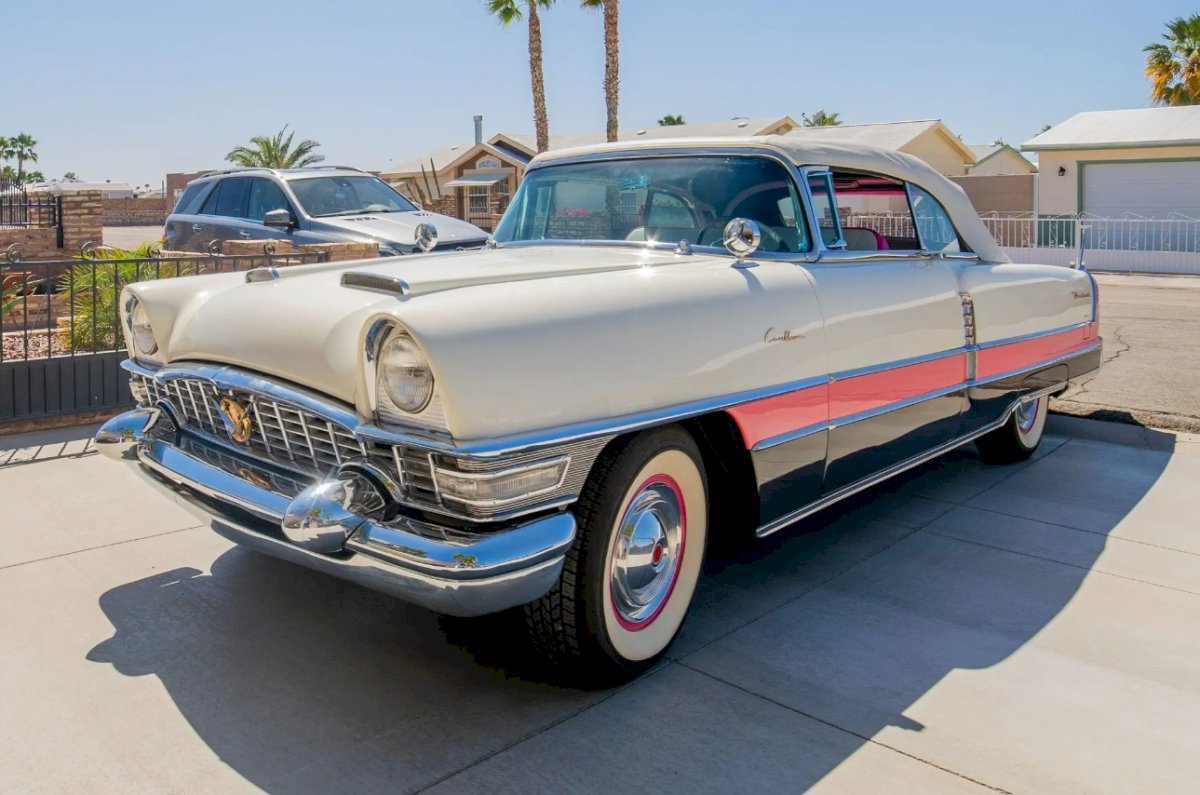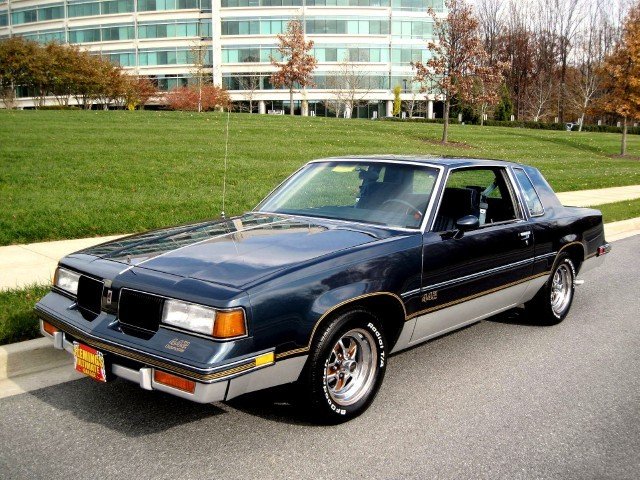In the annals of American automotive history, the 1964 Dodge Polara 500 stands as a shining example of the classic era of muscle cars. This iconic vehicle was a product of the mid-1960s, a time when automakers were engaged in fierce competition to produce high-performance cars that would capture the hearts and minds of driving enthusiasts. The Polara 500, with its striking design, powerful engines, and memorable features, left an indelible mark on the automotive landscape. In this in-depth exploration, we will delve into the history, design, performance, and cultural impact of the 1964 Dodge Polara 500.
History and Background
The Dodge Polara was introduced in 1960 as a full-size car to bridge the gap between the Dodge Dart and the more upscale Dodge Matador. It was positioned as a mid-level offering with a focus on performance, comfort, and style. Over the next few years, the Polara evolved, and by 1964, it had become a genuine contender in the muscle car market, especially with the introduction of the Polara 500 variant.
The 1964 Dodge Polara 500 was part of the fourth generation of the Polara series. This generation featured a complete redesign, giving the car a more modern and aggressive appearance. The body was sleek and aerodynamic, with clean lines and a distinctive, almost spaceship-like, front end. The fastback design of the Polara 500 was particularly eye-catching, setting it apart from its competitors and making it instantly recognizable on the road.
Design
One of the most striking aspects of the 1964 Dodge Polara 500 was its design. The designers at Dodge had embraced the concept of "jet age" styling, which was prevalent in the 1960s, and this is clearly evident in the Polara 500's appearance. The fastback roofline, a hallmark of this era, gave the car a distinctive and sporty look.
The front end featured a split grille design, which was bisected by a chrome bumper, and quad headlights. This unique front fascia gave the Polara 500 an aggressive and distinctive presence on the road. The body of the car had clean lines that flowed smoothly from front to back, and the roofline sloped elegantly toward the rear. This not only contributed to the car's aerodynamic efficiency but also added to its overall aesthetic appeal.
The rear of the Polara 500 was characterized by a wide, horizontal bar taillight design that extended across the entire width of the car. This design element was visually striking and made the car instantly recognizable from behind. The taillights were framed by a chrome bumper, further accentuating the car's presence on the road.
Overall, the design of the 1964 Dodge Polara 500 was a perfect blend of elegance and sportiness. It embodied the essence of the 1960s American automobile design and remains an iconic representation of that era.
Interior
The interior of the Polara 500 was a testament to the attention to detail that Dodge put into its design and construction. The car's cabin was spacious, with comfortable bench seats in both the front and rear. The dashboard was well-organized and featured clear, easy-to-read gauges and controls. The use of high-quality materials, such as vinyl and chrome, gave the interior a touch of luxury.
For the 1964 model year, the Polara 500 received numerous interior upgrades that enhanced both the comfort and style of the car. The two-door hardtop variant, in particular, featured sporty bucket seats as a standard option. These seats provided excellent lateral support, making them a perfect fit for spirited driving. The rest of the interior, including the door panels and the center console, received a tasteful application of chrome and wood-grain accents.
The Polara 500 also came equipped with a range of standard and optional features, including air conditioning, power windows, power steering, and an AM/FM radio. These features were ahead of their time and contributed to the car's reputation as a comfortable and stylish cruiser.
Performance
While the 1964 Dodge Polara 500 was undoubtedly a stylish and comfortable car, its true claim to fame was its performance. Under the hood, the Polara 500 was offered with a range of powerful engine options that catered to different driving preferences.
The base engine was a 383-cubic-inch V8, which produced 305 horsepower. This engine provided a good balance of power and drivability, making it a solid choice for those who wanted a blend of performance and practicality.
However, the real gem in the Polara 500 lineup was the 426-cubic-inch Max Wedge V8 engine. This engine was available in two states of tune: the 365-horsepower version and the mighty 425-horsepower Stage III version. The Max Wedge engine was a high-performance powerplant known for its robust construction and high-flow heads. It featured dual Carter AFB four-barrel carburetors, a high-lift camshaft, and free-flowing exhaust manifolds, all of which contributed to its impressive power output.
The Polara 500, equipped with the Stage III Max Wedge engine, was capable of reaching 60 mph in under six seconds and completing the quarter-mile in just over 13 seconds. These performance figures were remarkable for the era and firmly established the Polara 500 as a formidable muscle car.
In addition to the powerful engine options, the Polara 500 featured heavy-duty suspension components, including heavy-duty shocks, springs, and sway bars. These enhancements improved the car's handling characteristics and made it more adept at navigating winding roads and tight corners.
Transmissions
The 1964 Dodge Polara 500 came with a variety of transmission options, allowing buyers to tailor their driving experience to their preferences. The standard transmission was a three-speed manual, but most buyers opted for one of the available automatic transmissions.
The TorqueFlite automatic transmission was a popular choice for its smooth shifting and ease of use. It was a three-speed unit that complemented the car's overall refinement. For those who desired more control, a floor-mounted four-speed manual transmission was available as well. This transmission option added to the sporty feel of the Polara 500, allowing drivers to shift gears manually and extract the most performance from the engine.
Cultural Impact
The 1964 Dodge Polara 500 arrived during a time when muscle cars were gaining immense popularity in the United States. These cars represented a shift in automotive culture, as they were designed for those who sought not only stylish transportation but also exhilarating performance. The Polara 500, with its striking appearance and powerful engine options, was embraced by a generation of enthusiasts who craved speed and excitement.
The Polara 500's success on the track also contributed to its cultural significance. It became a dominant force in drag racing, thanks to its Max Wedge engines. In the hands of skilled drivers, the Polara 500 achieved numerous victories on the quarter-mile, solidifying its reputation as a bona fide muscle car.
The car's cultural impact extended to the world of music, as well. In 1964, Dodge launched a memorable advertising campaign featuring a jingle with the lyrics, "Hey, have you heard about the Dodge Polara 500? The action's here with a maximum ride, with Dodge Polara 500, let's go for a drive!" This catchy tune became a part of the car's identity and added to its allure.
Legacy and Collectibility
The 1964 Dodge Polara 500 holds a significant place in automotive history. Its combination of distinctive design, powerful performance, and cultural impact has solidified its status as a sought-after classic car. Today, collectors and enthusiasts prize the Polara 500 for its rarity and historical significance.
Finding a well-preserved or fully restored Polara 500 can be a challenge due to its age and limited production numbers. Cars in excellent condition with the Stage III Max Wedge engine command top dollar at auctions and among private sales. The car's rarity and historical significance contribute to its collectibility, making it a prized possession for many automotive enthusiasts.
Conclusion

The 1964 Dodge Polara 500 stands as a testament to an era when American automakers pushed the boundaries of design and performance. Its striking appearance, powerful engines, and cultural impact have etched it into the pantheon of classic muscle cars. The Polara 500 remains a cherished and sought-after collectible, admired for its unique design and formidable performance. Its place in automotive history is secure, as it continues to captivate the hearts of car enthusiasts and collectors who appreciate the raw power and distinctive style of this iconic vehicle.
From its "jet age" styling to its legendary Max Wedge engine options, the 1964 Dodge Polara 500 exemplifies the best of what the muscle car era had to offer. Its impact on automotive culture and its place in the hearts of enthusiasts ensure that its legacy will endure for generations to come.


-1705023777x1200.jpg)
